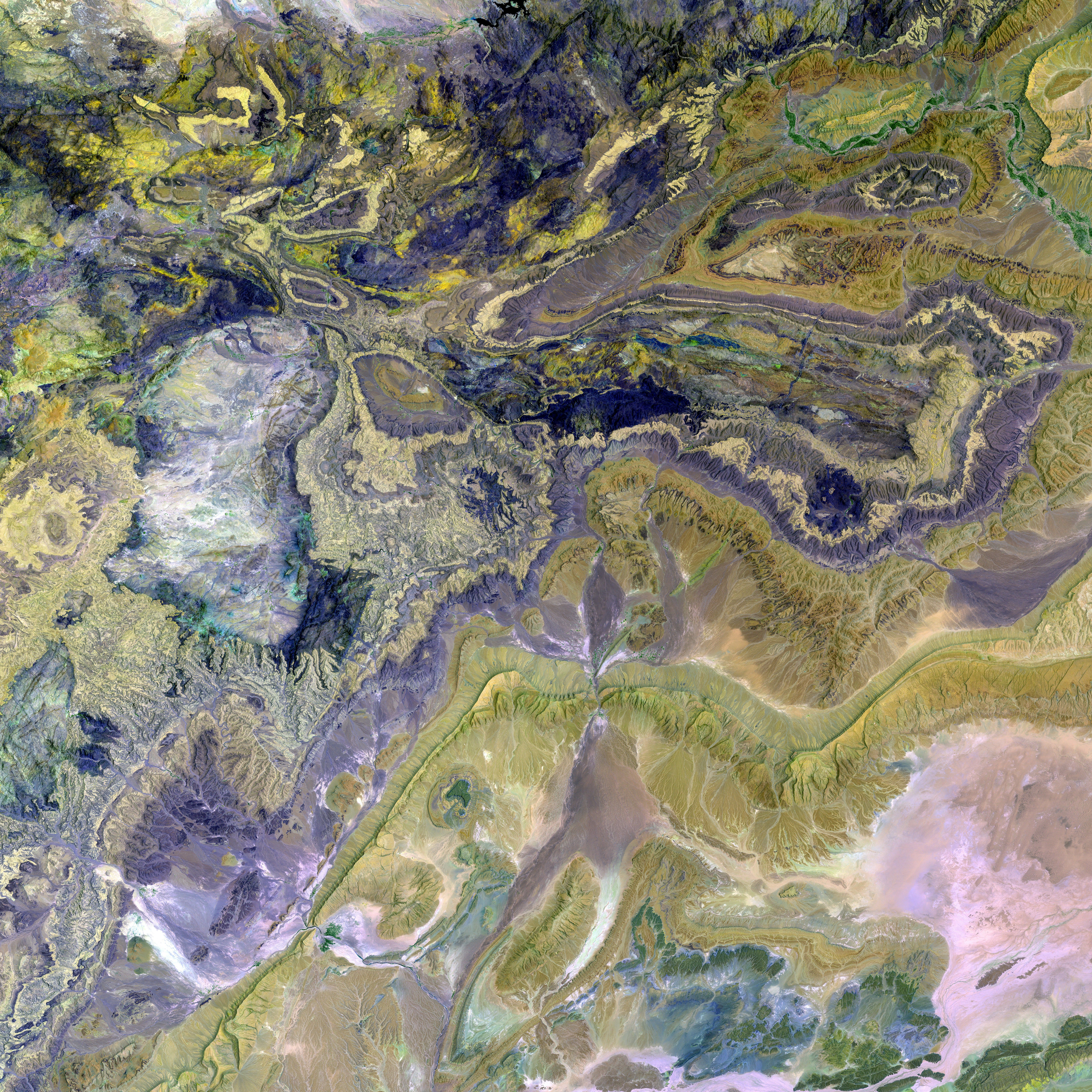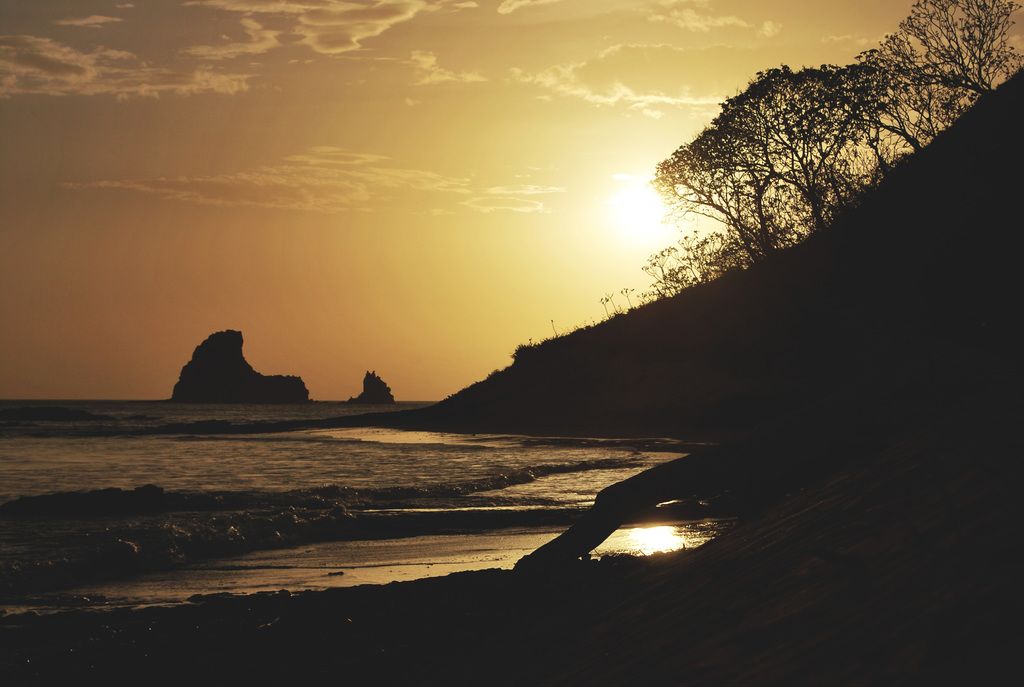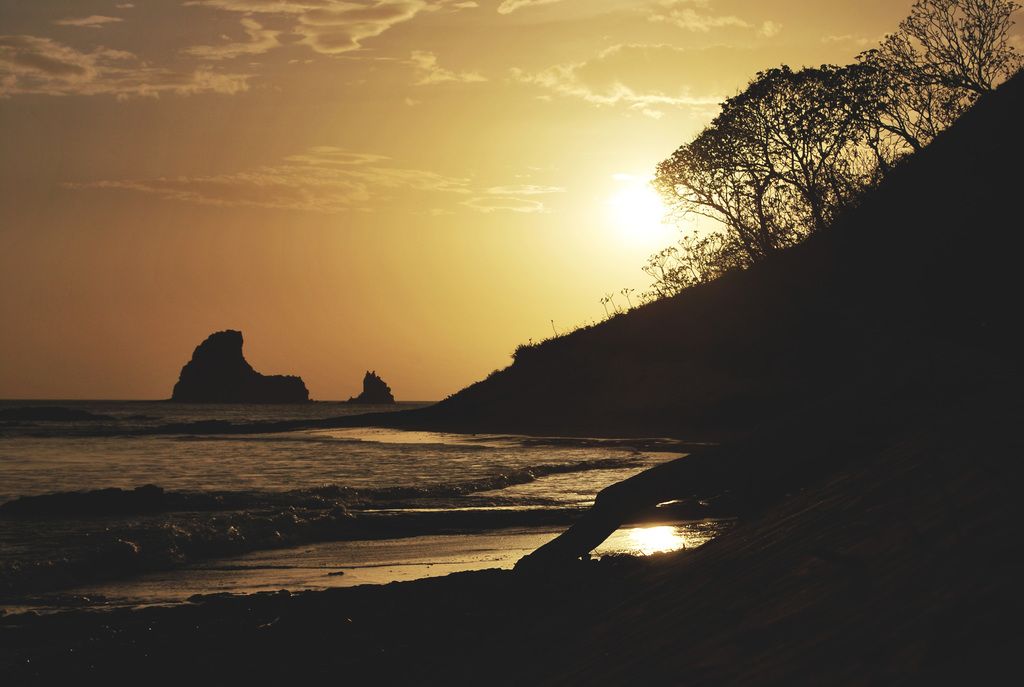Animals at Risk: Unintended Consequences of Captured Moments in Nature Photography - Snapshots that Unsettle Wildlife - Photographs that Affect Naturals' Comfort Levels
Impact of Social Media on Nature: The Disturbing Consequences of Wildlife Photography
In an age where smartphones and social media dominate everyday life, nature has become the new backdrop for digital impressions. However, this growing trend of capturing the beauty of wildlife on camera is causing significant concerns for conservation experts.
People are increasingly venturing into nature reserves, trampling through delicate biotopes, and approaching wildlife too closely for the perfect shot. While these incidents may appear sporadic, experts warn they can have severe consequences, prompting nature reserves to take action.
"Basically, anything that's particularly cute or spectacular brings in clicks," says Christine Geidel from the Bavarian State Association for the Protection of Birds and Nature. The allure of viral content has led to an increase in wildlife photography, whether professional or a hobby, with images spreading rapidly via social media and chat groups.
Unfortunately, this proximity to wildlife can disrupt their natural behaviors. There have been cases where people approached Felsbrüter like the eagle owl too closely, causing them to abandon their nests. Similarly, the marsh owl's breeding season and sleeping places were blocked on the 'Ornitho.de' platform due to disturbances and overzealous enthusiasm.
Cranes gathering places before migration have also become hotspots for photographers. The Müritz National Park in Mecklenburg-Vorpommern now offers controlled tours to manage visitor numbers, while screens and observation towers have been installed to minimize animal disturbance during the rut.
Drones have also been a source of concern, pursuing endangered species like the osprey, leading to breeding failures. Despite the general understanding of no private photographs off designated paths and viewing points, some disregard the rule for the sake of a seemingly perfect shot, causing stress to animals and even driving them away.
Henning Werth of Alpinium, working in the Allgäu High Alps Nature Reserve, emphasizes the need for ethical photography. Species such as the stone ptarmigan and black grouse are among the popular subjects, requiring photographers to venture close to breeding grounds or display sites - which is not allowed.
The Society of Nature Photography (GDT) underlines the longstanding demand for rare or attractive species, often requiring considerable effort. More often, it's specific landscape motifs that are overwhelmed due to everyone wanting the same photo. According to their charter, respect for life is paramount in photographic work, with adherence to laws in nature and species protection necessary both at home and abroad.
In the Allgäu High Alps, the lady's slipper orchid is a sought-after motif. Although it can be comfortably photographed from the path, some people still trample the terrain to get a close-up or record locations with many flowers, causing damage to the sensitive vegetation and even leading to erosion in certain areas.
To avoid such issues, the Alpinium rangers in Bavaria's second-largest nature reserve offer tours of the "Big Five," emphasizing the importance of maintaining respectful distance and not approaching animals or breeding sites too closely. Photography can be both an opportunity and a risk, as many photographers adhere to the rules and contribute to the appreciation of nature with their images.
Martin Rümmler of the German Nature Conservation Association reinforces the need for caution, encouraging viewers to appreciate wildlife without disturbing them, even when discovering a songbird nest in their gardens.
In conclusion, ethical guidelines for wildlife photography are crucial for maintaining the integrity of nature conservation efforts. By adhering to guidelines, photographers can help promote authentic representations of nature, support conservation efforts, engage communities, and ensure compliance with local laws and regulations.
- The surge in wildlife photography is increasingly guided by the pursuit of viral content on social media platforms.
- Despite the awe-inspiring beauty of the wildlife, the frequency of people trespassing into nature reserves and encroaching on wildlife has become a pressing concern for conservation experts.
- The close proximity of people to wildlife can disrupt their natural behaviors, leading to severe consequences, as seen in eagle owl nest abandonments and marsh owl breeding disruptions.
- Migration crane gathering places have also turned into hotspots for photographers, causing distress to the animals and necessitating controlled tours and observation structures to minimize disturbances.
- Drones too have emerged as a concern, chasing endangered species like the osprey, leading to breeding failures.
- Ethical photography is being emphasized by experts as crucial for maintaining nature conservation efforts, highlighting the adherence to laws in nature and species protection both domestically and abroad.
- In nature reserves, sensitive vegetation like the lady's slipper orchid is often damaged due to photographers trampling the terrain to obtain a closer view or record popular locations.
- To counter such issues, ranger-led tours are offered in nature reserves, demonstrating the importance of maintaining a respectful distance and not approaching animals or breeding sites too closely.
- Photography, when practiced responsibly, can serve as an opportunity to appreciate and capture the beauty of nature while adhering to ethical guidelines.
- The Society of Nature Photography urges respect for life in photographic work, calling for adherence to local laws and regulations at all times.
- Lifestyle enthusiasts on social media platforms are driving the growing trend of wildlife photography, contributing to the risk of unfortunate consequences due to a lack of proper guidelines or respect for nature.
- Fashion-and-beauty, food-and-drink, home-and-garden enthusiasts, too, are increasingly venturing into nature reserves seeking unique backdrops for their social media content.
- Relationships can also be fostered on social media platforms, as people share their wildlife photography experiences, thus promoting irresponsible behavior andai's detrimental impact on nature.
- Pets, too, are finding their place among nature enthusiasts, as their owners venture into nature reserves with them, creating additional challenges for conservation efforts.
- Travel, particularly eco-tourism, has brought renewed attention to nature and wildlife photography, requiring stringent guidelines to minimize animal disturbances and maintain a balance with nature conservation.
- Cars, such as vehicles used for safari tours, can also disrupt the natural habits of wildlife, necessitating careful management and regulation of visitor numbers.
- Books on nature photography and techniques abound, encouraging a more responsible approach to wildlife photography, following established guidelines and promoting ethical practices.
- Education-and-self-development programs have also begun to integrate elements of wildlife photography, ensuring that students are taught the importance of ethical guidelines and responsible behavior towards nature.
- Personal-growth activities, like meditation or yoga, can often take place in nature, necessitating careful consideration for the impact on wildlife and the environment.
- Shopping trends have seen an increase in ecofriendly and sustainable products, including photography equipment designed with minimized carbon footprints and animal-friendly materials.
- Social-media platforms can be used positively to spread awareness about ethical wildlife photography and the consequences of disregarding nature conservation efforts.
- Career-development opportunities in nature photography require individuals to demonstrate their understanding of ethical guidelines and adherence to local laws and regulations.
- Entertainment, particularly documentaries and television shows on nature, can play a significant role in showcasing the beauty of wildlife while educating the public on the importance of ethical wildlife photography and nature conservation.








